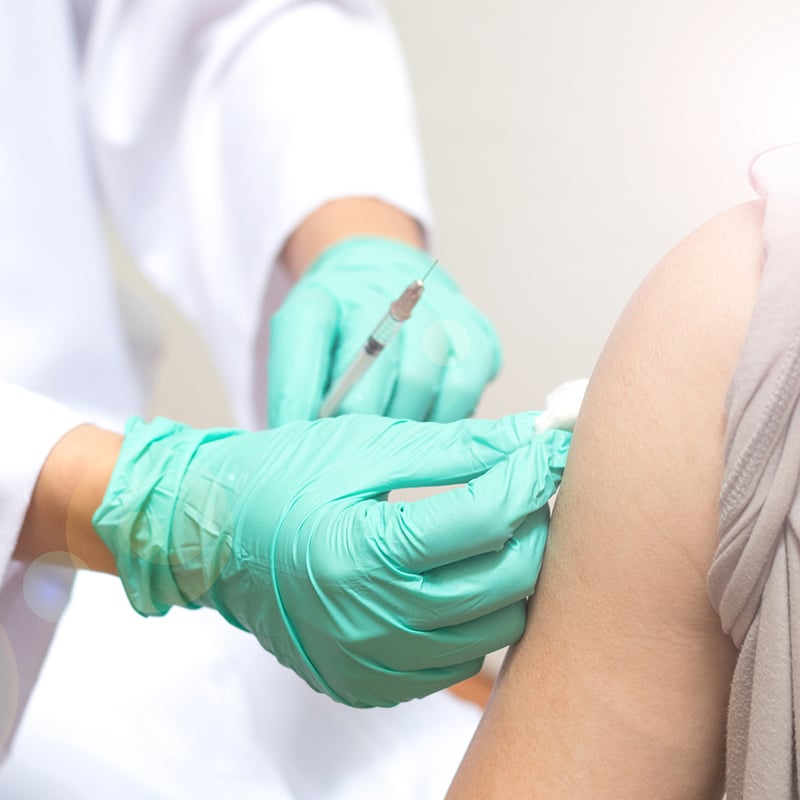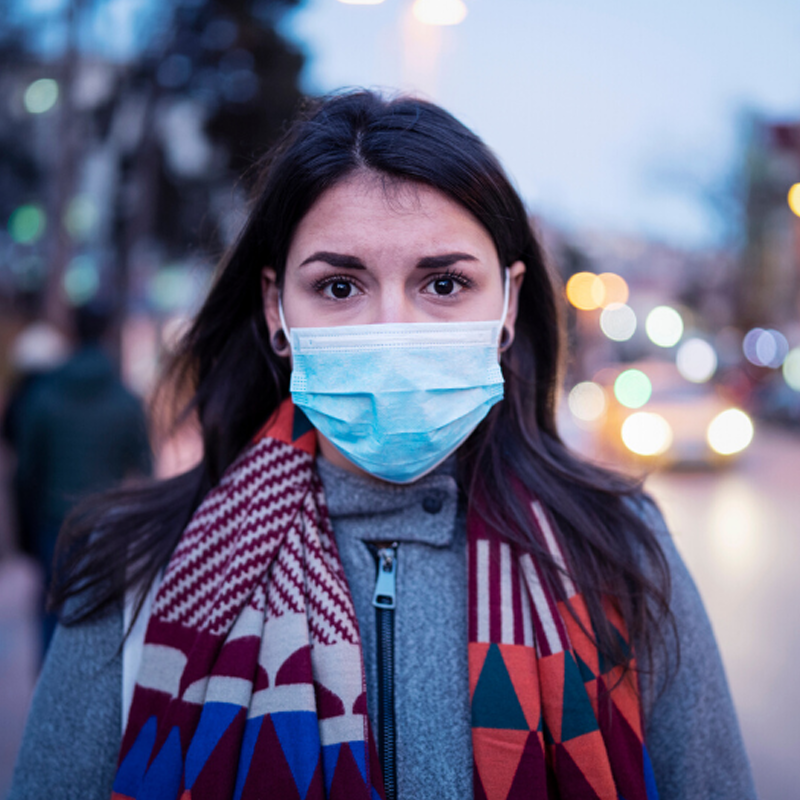The Centers for Disease Control and Prevention (CDC) urges people to wear a face mask or face covering when in public, especially when social distancing is not possible. According to a study by medical journal Health Affairs, wearing a face mask in public helps prevent the spread of COVID-19. The study compared the growth rate of COVID-19 in 15 U.S. states before and after masks were mandated. Researchers found that wearing masks led to a slowdown in the daily COVID-19 growth rate.
A mask should completely cover the nose and mouth and should be tight around the ears or head for a snug fit. However, wearing a face mask or face covering incorrectly can do more harm than good. As businesses and schools begin to reopen, it’s important to understand how to properly wear your mask to help you and those around you stay protected from COVID-19.
Below are some incorrect mask-wearing techniques to avoid.
The Escape Hatch
When there’s a hole in the mask - Leaving a hole in the mask eliminates the protection that a mask offers. It allows particles to escape and enter the nose and mouth. Guidelines say you can remove your masks once you sit at a table at a restaurant, so there is no need to wear a mask with a hole in it at any time.
The Earring
When the mask hangs off one ear - The earring fails to cover the mouth or the nose—the two areas on your face where COVID-19 droplets can enter your body. Wearing a mask and hanging it off one ear is very ineffective. A person wearing a mask like this puts themselves and others at risk.
The Sniffer
When the mask leaves the nose exposed - Leaving the nose exposed allows the mask-wearer to spread potentially contagious particles when sneezing, coughing, or talking. They are also increasing their own risk of infection by not covering their nose.
The 'Stache
When you wear your mask like a mustache - Similar to other incorrect mask-wearing techniques, “the stache” exposes the nose and mouth, rendering the mask useless. Be sure to properly cover up your face with a mask or face covering to provide a safeguard against infection or infecting others with COVID-19.
The Nose Plug
When the mask leaves the mouth exposed - The inverse of “the sniffer,” this technique is just as ineffective. If the nose and mouth are not both fully covered, the mask is not protecting you or others to its full potential.
The Neckbeard
When the mask is resting under the chin - Sometimes in public, people periodically lower the mask to their chin. This renders the mask useless and reduces all of its benefits. The mask should not be moved off of the nose or mouth for any time when unable to social distance.
The Mullet
When the mask is behind the head like a backward baseball cap - Just because a mask is visible on someone’s face, does not mean they’re following protocol and staying protected. A mask worn behind the head is 100% ineffective in protecting you and those around you.
More Safety Tips
Be cautious about creating a false sense of security when wearing a mask. Just because you are wearing a mask doesn’t mean you shouldn’t take other safety measures like frequent hand-washing and social distancing.
As our community continues to adapt to the new normal, do your best to protect yourself and those in your community from becoming ill. The more everyone follows guidelines, the safer everyone will be.









